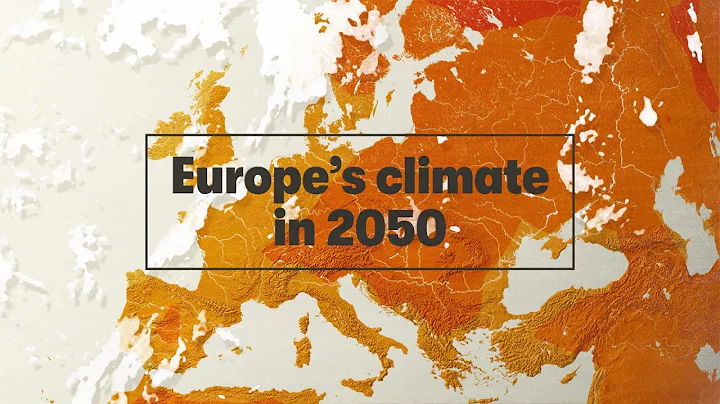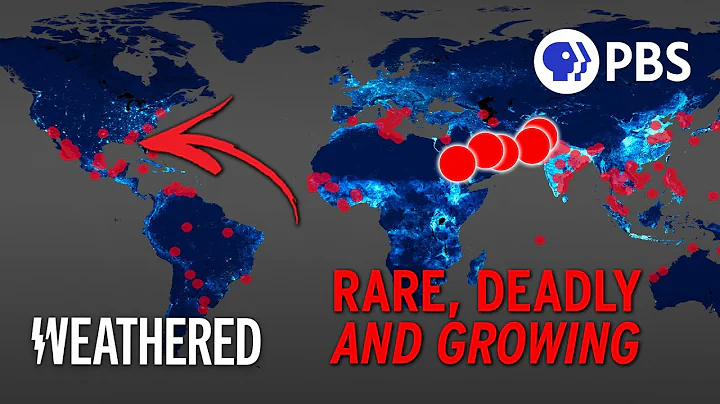Nan Golding (born 1953) photography has a unique personal privacy. All of her photography appear in her acquaintances, and more importantly, all of them realize that they are taking pictures. Her photography records her personal life and is up to her to decide whether to display them as works of art.

The famous portrait of myself after being beaten
What is more meaningful is that Golding's works have changed the nature of photography itself, turning it from peeping to eye sight. Witnesses are immersed in the scene and then report them, while the peeper tries to look invisibly.
Vega's photography may be used as evidence in the legal sense, but Golding's sightings of his life scenes can only verify existence in an ethical sense.

Golding prefers to take pictures in the apartments of people in her social circles or in places where they are gathering publicly, rather than running to the street with a camera to make photos of what she has found. Despite her strong commitment to the medium, she can still be regarded as the first post-photographer.
post-photography is photography in the electronic era. It no longer claims to portray the world, but instead begins to explore various possibilities of the media itself, which has escaped the responsibility of indexing reality.

Golding traces her need for photography back to the 1965 when her sister Barbara Holly Golding committed suicide, a young girl who was unable to find a place for her gender identity in the American suburbs of that era. Just as Roland Bart locked his mother's main image in a photo taken before he was born, Golding exhibited a reprinted family snapshot of her mother at her 1996 photography exhibition "Child" which was pregnant with her eldest daughter when she took the photo.
In a moment that seemed prophetic, her mother was holding a huge, red balloon, which was full of air but was not tied. This balloon is undoubtedly intended to refer to the bloated body of a pregnant woman who is pregnant with Rocca, but it also seems to predict the broken short life of Barbara who has not yet been born.
Not long after suffering this trauma, Golding "was seduced by a man older than her. In this period of great pain and heavy losses, I was gradually awakening and experiencing a strong sexual excitement." It should be noted that she was only 11 years old when these things happened.

As she grows older, it seems that her life will repeat her sister's pattern, so at the age of 14, she escaped from home. At the age of 18, she began taking photos: "I can never tolerate others telling my history. I never want to lose my true memories of everyone." Photography becomes her compensatory memory. In the literal sense, photography is a resistance to death, and in the symbolic sense, photography is a resistance to memory loss.

Golding's works record the lives of a group of young people who first gathered together in the late 1970s at the end of the Vietnam War . Their radical experiments in daily life experience ended later due to the onset of AIDS . For these ambitious young artists - mainly white -, in addition to open to various hallucinogens and sexual experiments, there is also a strong sense of intimacy:
In my family of friends, I have both a desire for the intimacy of the blood-related family and a desire for something more unbound. All kinds of roles are not so fixed and clear. These are long-term relationships... What brings us together is not blood or region, but a similar morality, the need to live full life for the present, the distrust of the future, the similar respect for honesty, the need to break the constraints, and a common history. We live a life without worries, but with thought. There is a power among us to listen and empathize, which goes beyond what is usually defined as friendship.

In fact, it is believed that a certain social group is unique, which is common for most friends in their 20s. Films such as "Restaurants", "Hidden Seven Graduates ", "Meet Again in the Landscape", and even " Train Guess ". The difference is that Golding grasps the dynamic mechanism of the evolution of a group composed of individuals in reality.
(Nicolas Mirzov's Introduction to Visual Culture)











